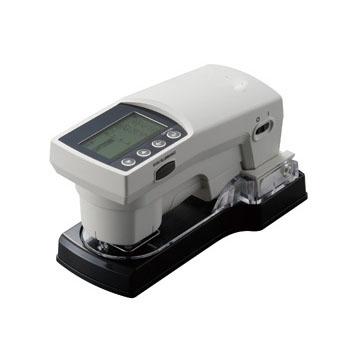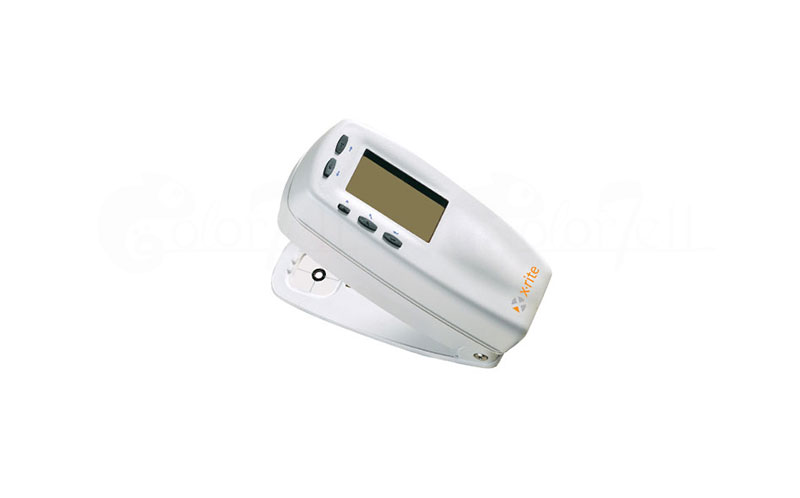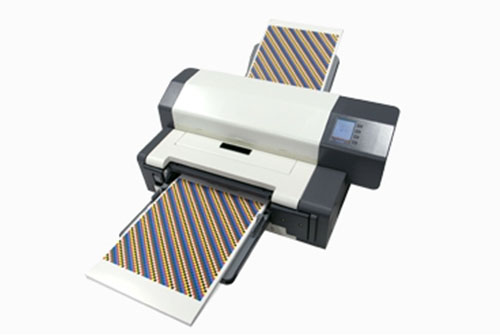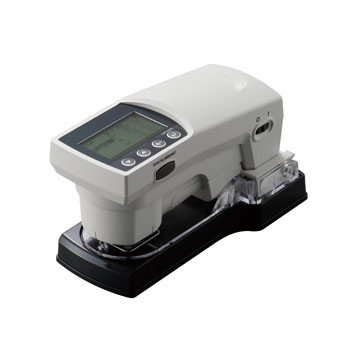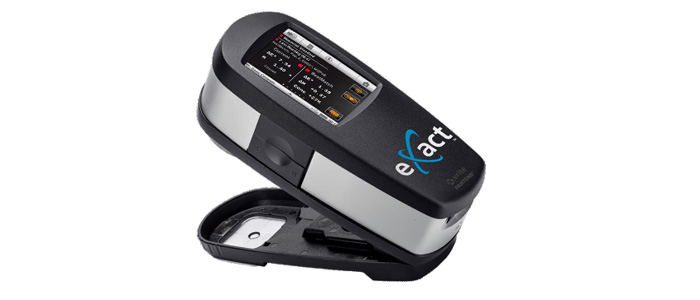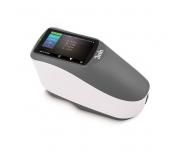second-handSpectrodensitometer FD-7
- payment:
- WeChat payment Bank card Alipay
Commodity details
FD-7 Spectrodensitometer
Color and density control by printers Measurement of fluorescence in R & D of printing machinery manufacturers and paper manufacturers Printed color patch measurements Ink CCM systems input sensor
| Model | FD-7 |
|---|---|
| Illumination/viewing system |
45°a: 0°(annular illumination) *1 Conforms to CIE No. 15, ISO 7724/1, DIN 5033 Teil 7, ASTM E 1164, and JIS Z 8722 Condition a for reflectance measurements |
| Spectral separation device | Concave grating |
| Wavelength range |
Spectral reflectance: 360 nm to 740 nm Spectral irradiance: 360 to 730 nm |
| Wavelength pitch | 10 nm |
| Measurement area | Φ3.5 mm |
| Light source | LED |
| Measurement range | Density: 0.0D to 2.5D; Reflectance: 0 to 150% |
| Short-term repeatability |
Density: σ0.01D Colorimetric: Within σΔE00 0.05 (When white plate is measured 30 times at 10-second intervals after white calibration has been performed) |
| Inter-instrument agreement | Within ΔE00 0.3 (Average of 12 BCRA Series II color tiles compared to values measured with a master body under Japan standard conditions) |
| Measurement time | Approx. 1.4 s (single-point reflectance measurement) |
| Displayed values | Colorimetric values, color-difference values, density values, density-difference values, dot area ratio, dot gain, PASS/FAIL judgment, illuminance, correlated color temperature |
| Measurement conditions | Corresponding to ISO 13655 Measurement Conditions M0 (CIE Illuminant A), M1 (CIE Illuminant D50), and M2 (illumination with UV-cut filter); User-defined illuminant |
| Illuminants | A, C, D50, ID50, D65, ID65, F2, F6, F7, F8, F9, F10, F11, F12, User-defined illuminant |
| Observers | 2° Standard Observer, 10° Standard Observer |
| Color spaces | L*a*b*, L*C*h, Hunter Lab, Yxy, XYZ, and color differences in these color spaces |
| Color-difference equations | ΔE*ab (CIE 1976), ΔE*94 (CIE 1994), ΔE00 (CIE 2000), ΔE (Hunter), CMC (l: c) |
| Indexes | WI (ASTM E 313-96); Tint (ASTM E 313-96); ISO Brightness (ISO 2470-1); D65 Brightness (ISO 2470-2); Fluorescence index |
| Density | ISO Status T, ISO Status E, ISO Status A; DIN 16536 |
| Storable data | Colorimetric target data: 30 data; Density target data: 30 data |
| Display language | English, French, German, Spanish, Japanese, Chinese (Simplified) |
| Scanning measurements*2 | Scanning measurement of a color chart can be performed. |
| Interface | USB 2.0 |
| Output data*2 | Displayed values; Spectral reflectance data; Spectral irradiance data |
| Power | Rechargeable internal lithium-ion battery (Number of measurements per charge: Approx. 2,000 when new); AC adapter; USB power bus |
| Dimensions (W × D × H) |
70 × 165 × 83 mm (Body only); 90 × 172 × 84 mm (With target mask attached) |
| Weight | Approx. 350 g (Body only); Approx. 430 g (With target mask attached) |
| Operating temperature / humidity range (*1) | 10 to 35°C, 30 to 85% relative humidity with no condensation |
| Storage temperature/ humidity range | 0 to 45°C, 0 to 85% relative humidity with no condensation |
Specifications are subject to change without notice.
∗1 Illumination for wavelengths under 400nm is unidirectional.
∗2 Available when using PC software.

